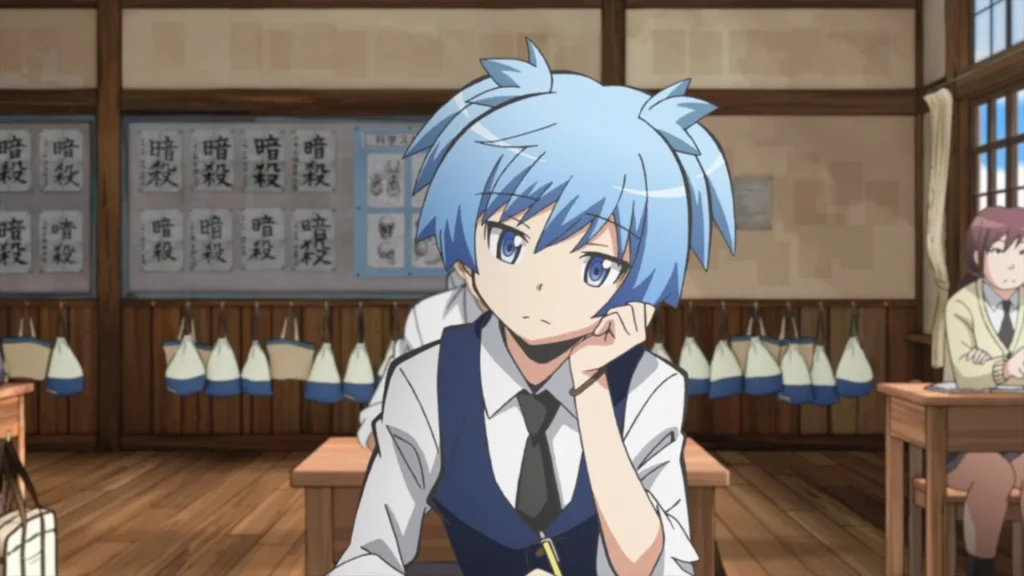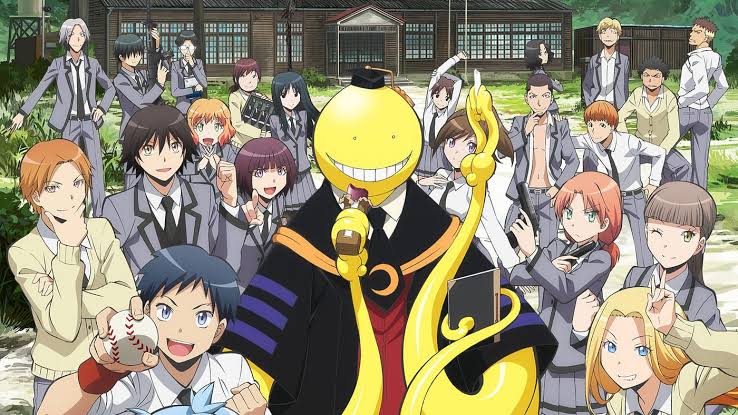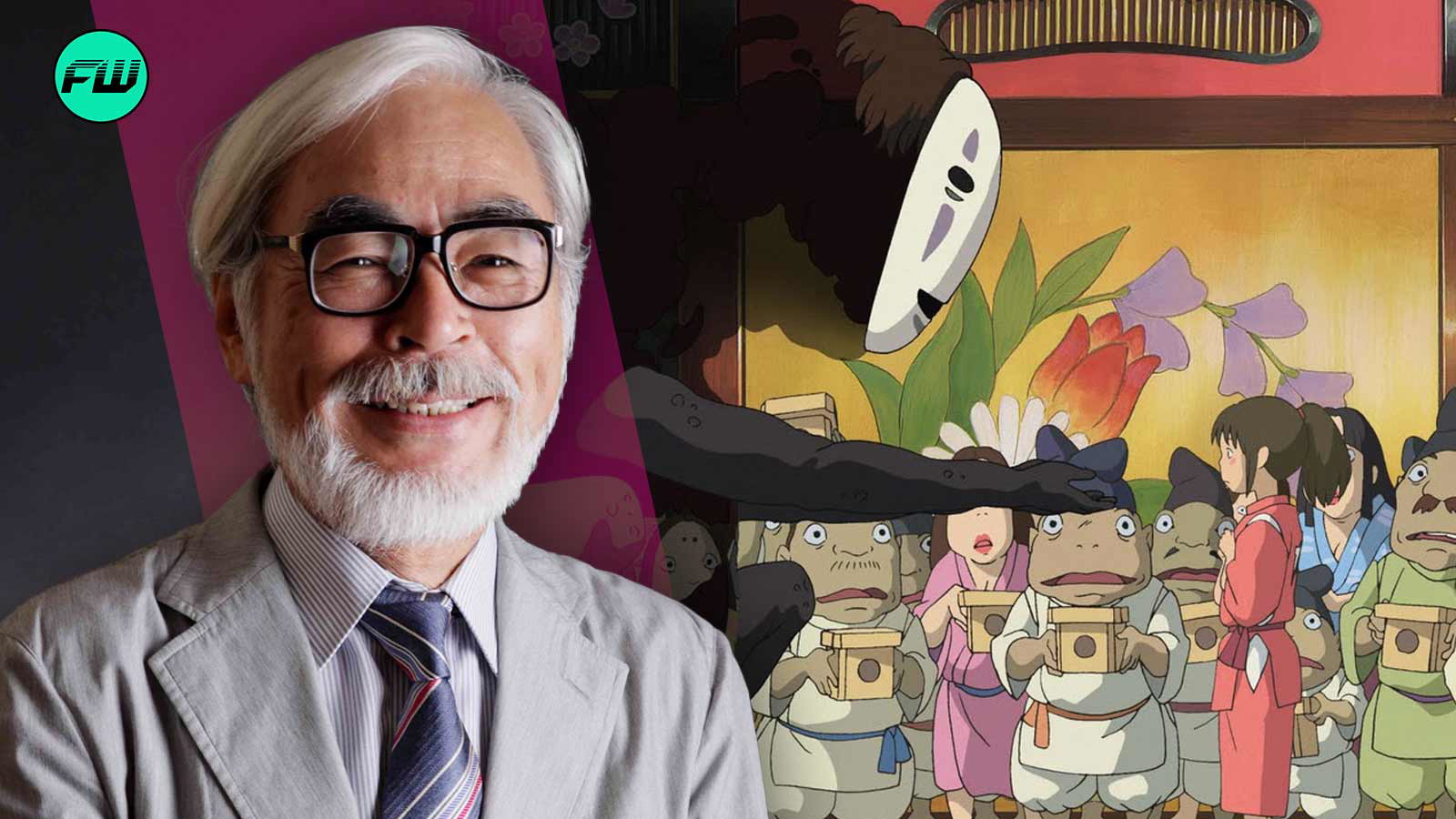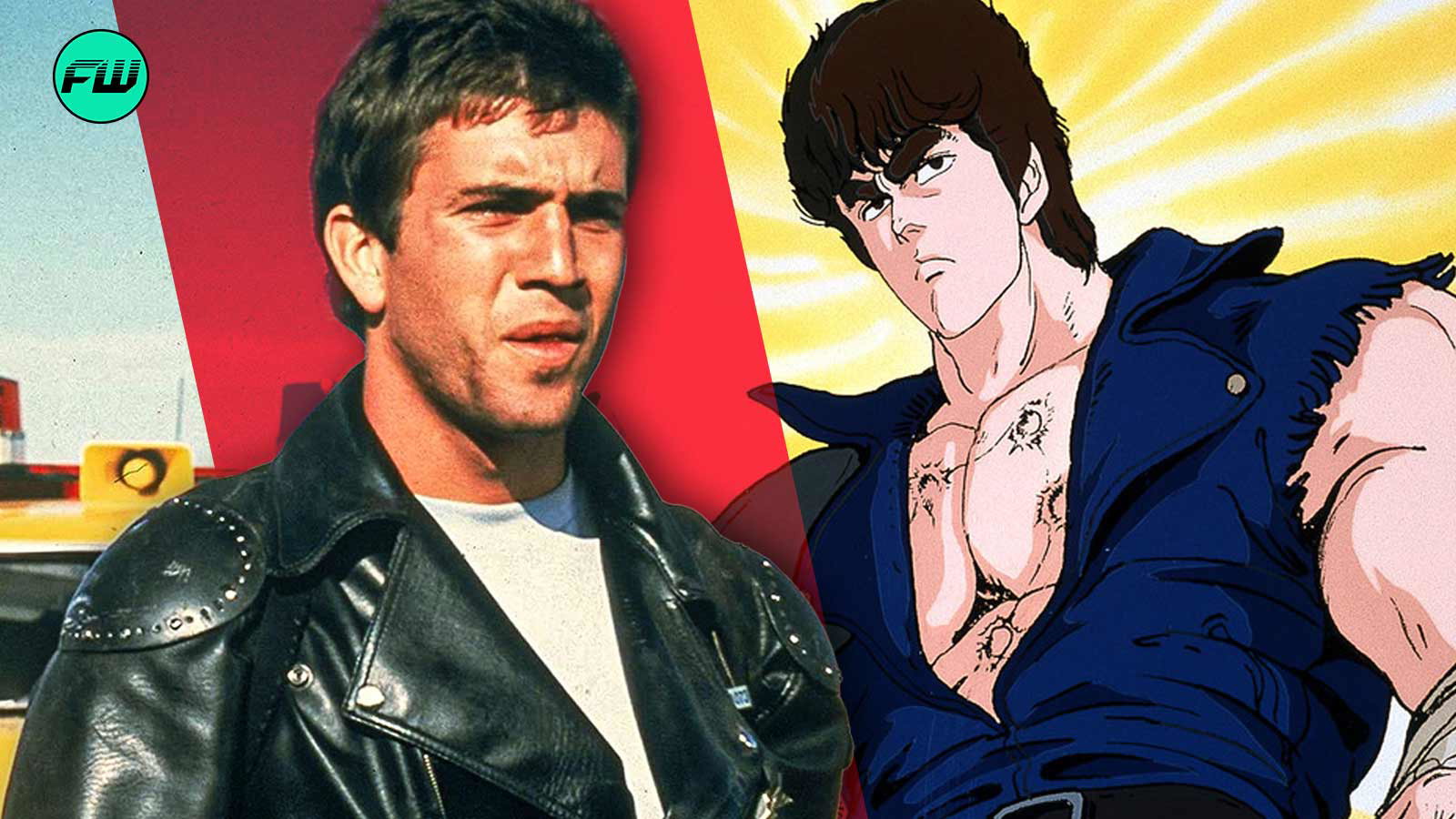Yūsei Matsui, the creator of Assassination Classroom, turned criticism of his artwork into one of the series’ greatest strengths. In the past, there was a misconception regarding manga that both the art and the story should be exceptional, and only then can success come.
 Nagisa Shiota in Assassination Classroom | Credit: Lerche
Nagisa Shiota in Assassination Classroom | Credit: LercheIn interviews, Matsui openly admitted that his art style lacked the intricate detail seen in manga by renowned artists like Kentaro Miura or Yusuke Murata. Even artists like Eiichiro Oda had intricate styles of art before they switched to simpler versions for the sake of convenience and to increase the pace of updates.
Let us dive into the genius perspective of the author, who overturned all expectations and set a new path for others to follow.
Simplicity reigns when backed by good ideas
Author Matsui wasn’t able to make complex figures with extreme details; he preferred the simpler side of art and was ridiculed and told off for lacking the talent to be a mangaka.
 Koro-sensei | Credit: Lerche
Koro-sensei | Credit: LercheHowever, rather than viewing this as a limitation, Matsui leaned into his strengths—storytelling and character development. Using these as his weapons he went on to deliver a memorable experience that anime fans remember with fondness and tears. This unconventional approach of simple art and a deep story ultimately gave rise to the series’ iconic character, Koro Sensei.
With a bright yellow, round head and a permanent pasted grin, Koro Sensei was far from a traditional manga protagonist, more like a parodical character placed for comic relief. Yet Matsui managed to weave a compelling narrative that is funny, emotional, and endearing all at once.
Intriguing plot and compelling characters trump fancy manga art
The character of Koro-sensei might seem extremely simple, to the extent that even those uninitiated in the ways of manga art can manage to pull it off passingly. Yet this simplicity allowed Matsui to explore a wider range of emotions and expressions without the pressure of the hyper-detailed illustrations.
 Koro-sensei and his class 3-E | Credit: Lerche
Koro-sensei and his class 3-E | Credit: LercheKoro-sensei, with his eternal smile, can express himself far more effectively compared to the micro-expressions of extremely detailed characters, and herein lies the genius of Mastui.
Readers might feel as if your work is easier to read because of it, or you might feel you have to make up for what you can’t achieve through your art by working even harder on the story, characters, and setting. That’s how I was. I learned that your weak points don’t have to be weak points.
The design also helped Koro Sensei be easily recognized and marketable, helping the series gain widespread popularity. Matsui’s simplistic style was deliberately reflected in Koro Sensei’s design. Instead of focusing on what he lacked, the author was more concerned with what he could do well. That is how the enigma of a character was born.
While critics often equate intricate art with quality, especially when it comes to manga, Matsui proved that there isn’t just one path to success.
You can stream Assassination Classroom on Netflix.
.png)
 1 week ago
11
1 week ago
11




































 Bengali (BD) ·
Bengali (BD) ·  English (US) ·
English (US) ·